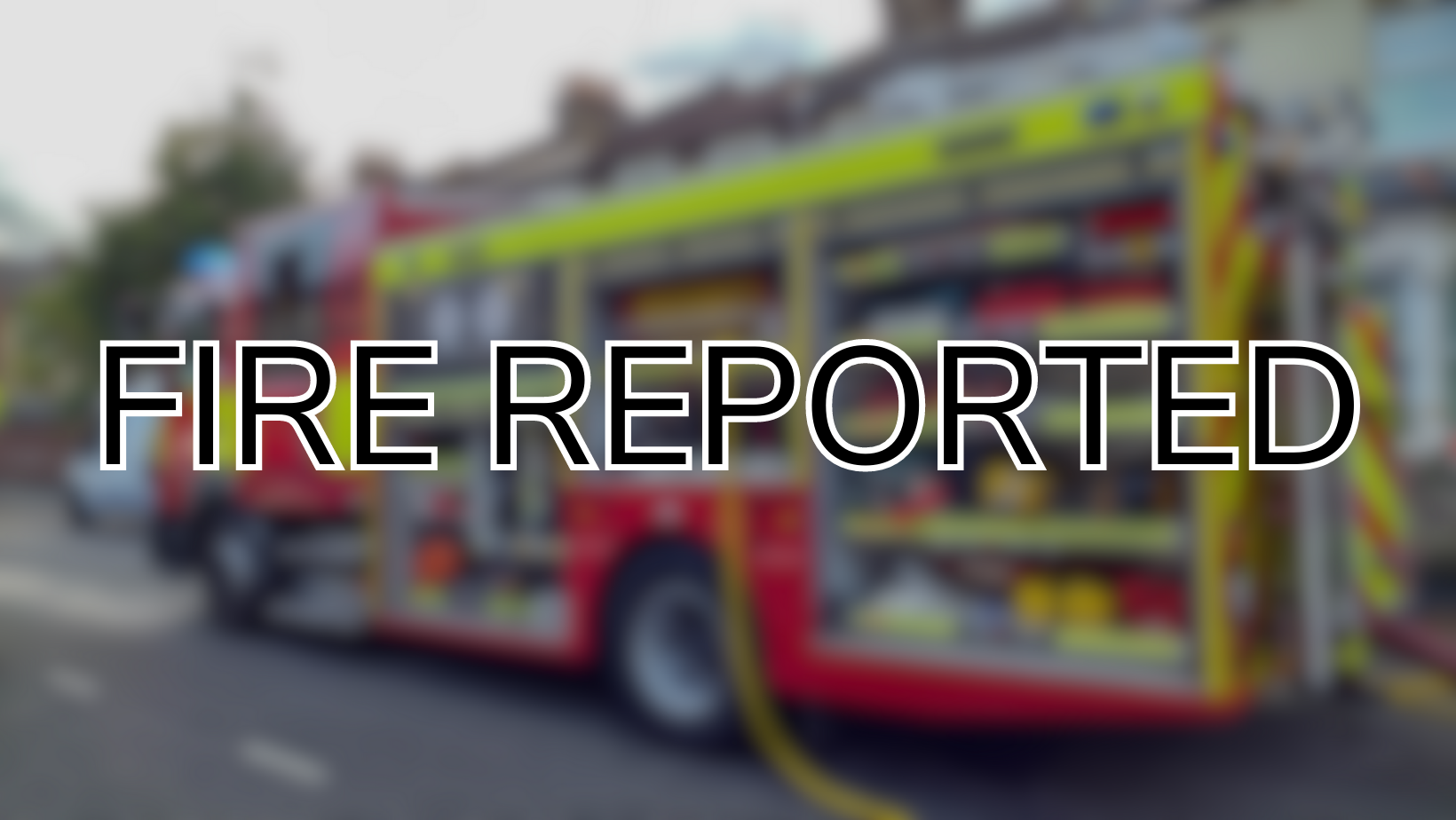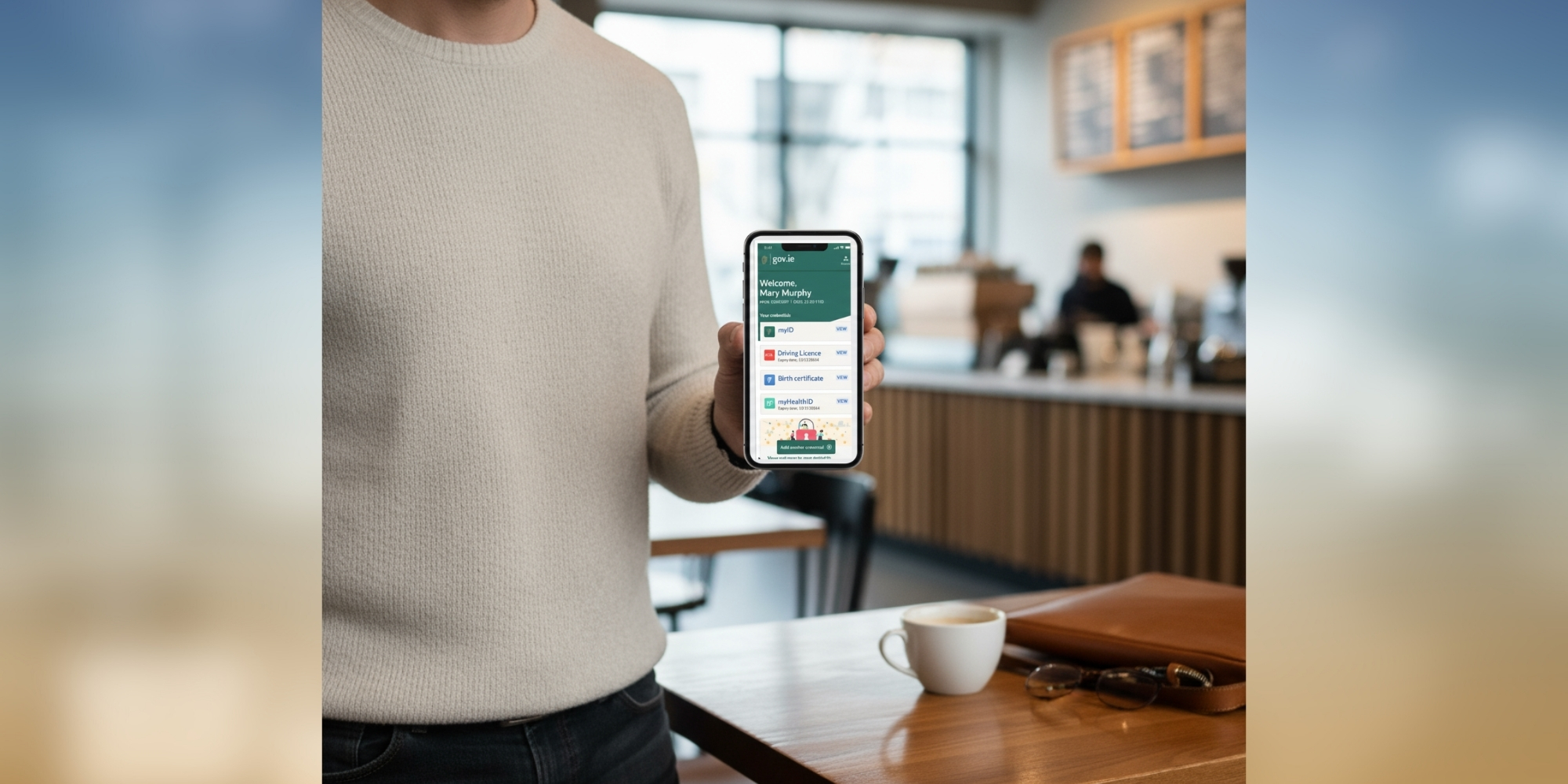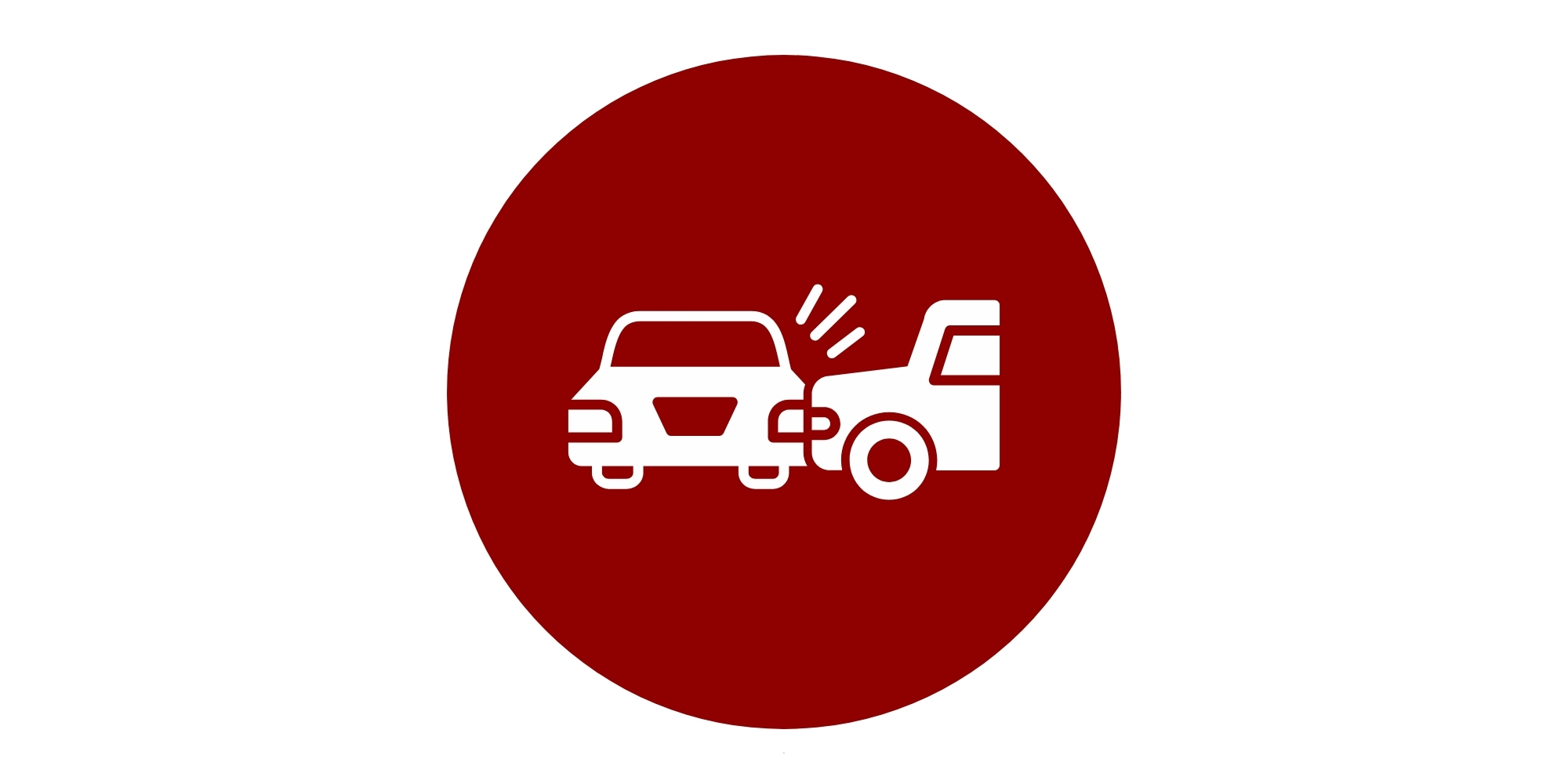Autumn Foraging Alert: The Deadly Risks Behind Cork's Mushroom Picking Craze
Ireland's mushroom season brings deadly dangers. 30 poisonous species grow nationwide. When in doubt, leave it out. Call NPIC: 01 809 2166
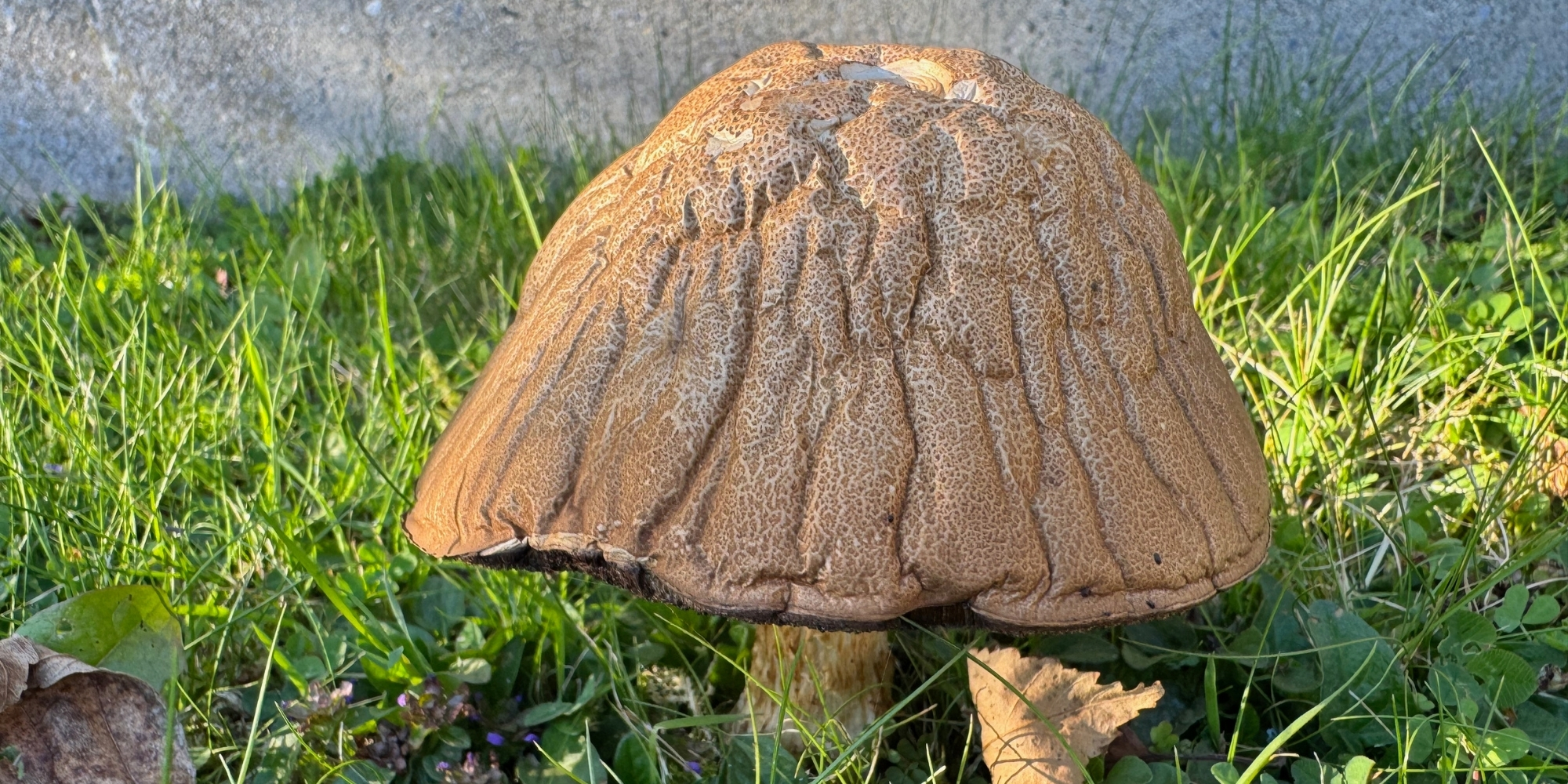
As Ireland's woodlands burst with fungi this September, experts warn that the country's growing mushroom foraging community faces potentially fatal dangers lurking beneath this appealing hobby's surface.
The recent spell of damp, muggy weather has created ideal conditions for mushroom growth, but with up to 7,000 species across Ireland and deadly varieties thriving in the country's parks and woodlands, what began as a wholesome outdoor pursuit has health professionals deeply concerned.
Mushroom foraging has experienced a remarkable surge since COVID-19, as people sought connection with nature and food independence during lockdowns. This ancient European tradition, once passed down through generations, has found new life among Irish residents exploring the countryside from Wicklow to Kerry.
The Fatal Mathematics of Fungi
The National Poisons Information Centre reports approximately 30 mushroom species in Ireland are considered poisonous, with some causing everything from stomach upsets to fatal organ failure. Bill O'Dea, who studied fungi at University College Dublin, explains the stark reality, speaking to The Irish Times:
"There are thousands of mushrooms in Ireland – up to 15,000. Of those, there's probably 50 that are poisonous, but of those probably eight of them are deadly."
The appeal remains undeniable. Wild mushrooms offer exceptional culinary value, with species like chanterelles and porcini prized by Ireland's finest restaurants. The seasonal hunt, typically running from late summer through autumn, provides both sustainable food sourcing and countryside exploration opportunities.
However, the mathematics prove sobering. Mushrooms containing cyclopeptide-amatoxin are responsible for more than 90% of deaths due to mushroom poisoning, with Death Cap mushrooms alone causing most fatal cases worldwide.
National Poisons Information Centre:
"There are old mushroom hunters and there are bold mushroom hunters. But there are no old, bold mushroom hunters. The recent damp and muggy weather has been ideal for the growth of mushrooms. Some of the really poisonous mushrooms can look similar to edible ones."
Ireland's Deadly Residents
Ireland's diverse habitats host both culinary treasures and lethal dangers. Field mushrooms, common in the country's grasslands, can be confused with toxic varieties, while more dangerous species lurk in familiar locations.
Death Cap mushrooms are "fairly common across the country, with loads around Wicklow," according to O'Dea. They typically have white gills and a white stem with a ring, but their innocent appearance masks deadly potential.
The Destroying Angel, found in damp woodland areas particularly around birch trees, presents as a pure white mushroom but ranks among the world's most poisonous fungi. In 2019, an Irish patient required an emergency liver transplant after consuming Amanita virosa, spending weeks in ICU and nearly three months in hospital.
Even Ireland's iconic Fly Agaric, with its distinctive red cap and white spots, poses serious risks despite its fairy-tale appearance. While rarely fatal, it causes hallucinations and severe toxicity.
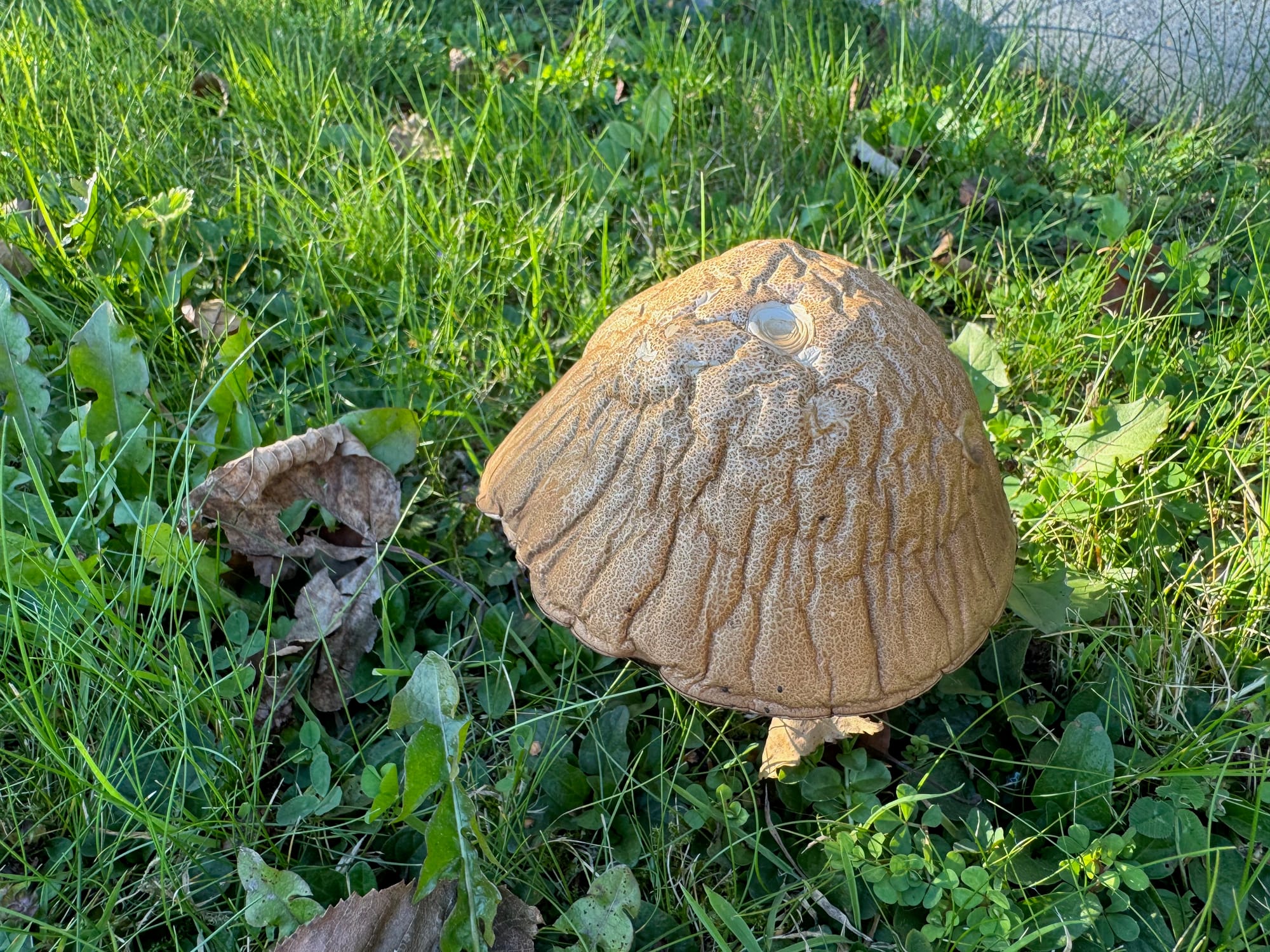
Dangerous Myths and Misconceptions
Several persistent myths continue endangering foragers. The belief that cooking removes toxins proves particularly dangerous, as many toxic compounds remain lethal regardless of preparation. Similarly, the notion that animals eating a mushroom indicates safety has contributed to poisonings, as many toxic species prove harmless to wildlife.
Ireland's foraging community often falls prey to over-confidence in visual identification. Apps and photographs cannot replace expert knowledge, as the National Poisons Information Centre warns: "Do not rely on the internet, mushroom guide books or plant or mushroom identification apps on your mobile phone to identify a mushroom, because these are not 100% accurate."
The Scale of the Problem
More than 100 calls over suspected mushroom poisoning were made to the National Poisons Information Centre helpline, which experiences a "peak" in calls during October. Between 2004 and 2009, the NPIC was consulted about 70 cases of suspected mushroom exposures, with 45 children ingesting unknown mushrooms and 11 adults consuming wild toxic mushrooms that were incorrectly identified.
The international context proves equally sobering. France recorded more than 10,600 mushroom poisonings and 22 deaths from 2010 to 2017.
Legal and Environmental Responsibilities
Responsible foraging extends beyond personal safety. Certain protected species cannot be legally harvested, while conservation rules limit quantities in designated areas. Ireland's growing foraging popularity risks damaging delicate ecosystems if practitioners strip locations bare rather than leaving specimens for wildlife and regeneration.
Permission remains essential when foraging on private land, though Ireland's abundant public woodlands and commons provide legal alternatives for responsible practitioners.
When Things Go Wrong
Mushroom poisoning symptoms can appear hours after consumption, with delayed onset often indicating the most serious cases. Irish residents experiencing any adverse effects after consuming wild mushrooms should immediately contact the National Poisons Information Centre at 01 809 2166 (8am-10pm, 7 days) and seek medical attention, bringing samples of the consumed fungi.
NPIC staff will work with expert mycologists to help identify mushroom species when samples or photographs are available, providing crucial support for medical treatment decisions.
Expert Guidance Available
Bill O'Dea, who has been running mushroom hunts in Ireland and abroad since 1996, emphasises the importance of proper education. "There's no shortcut" to mushroom identification, highlighting the importance of consulting experts when foraging.
The Irish Fungal Society provides educational resources and connects enthusiasts with proper expertise, while guided foraging walks with experienced mycologists offer safe learning opportunities.
Safer Alternatives
Ireland's farmers' markets offer wild mushrooms from reputable suppliers, while guided foraging walks with experienced mycologists provide education without risk. Home growing kits allow enthusiasts to cultivate varieties like oyster mushrooms safely.
Several Ireland-based foraging groups emphasise the fundamental rule identified by experts nationwide: when identification involves any doubt, leave the mushroom untouched.
The Bottom Line
Ireland's mushroom foraging renaissance reflects genuine appreciation for sustainable, local food and outdoor connection. However, the country's woodlands and fields harbour genuinely deadly species that can destroy lives through moments of poor judgement.
The National Poisons Information Centre's advice remains clear: "If you have any doubt, do not eat it." Education, caution, and respect for both nature and personal safety remain essential.
As O'Dea notes, Ireland has historically been a "fungophobic society," and perhaps maintaining some of that healthy caution could save lives. In Ireland's beautiful but potentially dangerous natural spaces, the old forager's wisdom holds true: if you're not absolutely certain, don't risk it.
Ireland's wild mushrooms will wait for another season, but fatal mistakes cannot be undone.
